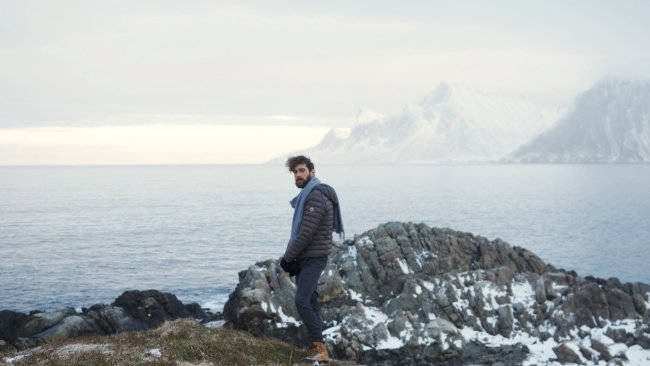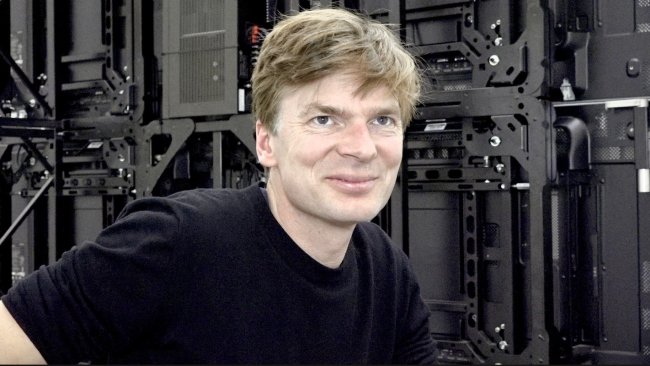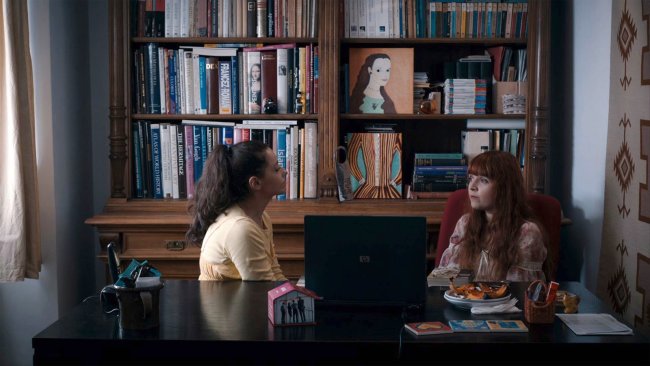Holgut
[…] As it stands, «Holgut» represents an interesting experiment in the field of non-fiction production and hybrid cinematic formats. What makes it worth watching is its rare magical, mythological perspective.
[…] The striking imagery and the ancient legends, as fascinating and engaging as they may appear, are often combined with – or, more precisely, interrupted by – several impromptu, everyday-like sequences.
Text: Davide Abbatescianni

Liesbeth De Ceulaer’s latest film Holgut is certainly difficult to decipher and inscribe in one category. In general terms, the Belgian director’s previous works – Victoria (2020), Behind the Redwood Curtain (2013) and The Best Act on the Isle (2008) – explored the complex relationships between mankind and environment, while attempting to smoothly combine documentary and fiction elements.
Her new Yakutia-set hybrid documentary, taking part in the international feature competition of this year’s Visions du Réel, makes no exception and adopts a similar aesthetic approach. In detail, viewers will follow two main storylines including three main subjects; the first one sees villager Roman and his brother Kyym, who hunt for a lost wild reindeer whose disappearance has seemingly turned it into a mythical creature; the second centres on Semyon, a scientist scourging the permafrost looking for a viable cell of a mammoth, which he requires to clone the extinct prehistoric giant.
De Ceulaer chooses to place great importance on the mythical, mysterious aspects of these lost creatures within the local ancestral culture, directing her subjects almost as non-professional actors ready to tell the tale, while giving the spectators an intentionally weak illusion of “observing” them. A mostly carefully planned framing of the shots, the relatively frequent presence of young Kyym’s voice-over as well as an impressive colour palette of dark greens, greys and blues depicting the cold vastness of the Tundra are only some of the visual elements which render De Ceulaer’s fictionalisation process plain to see on screen.
However, the hybrid nature of the project impedes the director from taking a concrete deep-dive into a fully poetic, magical dimension. The striking imagery and the ancient legends, as fascinating and engaging as they may appear, are often combined with – or, more precisely, interrupted by – several impromptu, everyday-like sequences. Unfortunately, in most cases these end up demolishing the film’s previously built-up “aura of mystery.” On the whole, the feeling is that the audience is gradually being carried towards a more ethereal, oneiric dimension but then, unexpectedly, is brought down to earth with ineffective solutions such as a sharp cut, the appearance of a smartphone or the fading in of real life sounds, for example. This tendency is particularly noticeable in the last 20-25 minutes of the picture, when this “other”, more spiritual dimension seems to gain more and more prominence, but is then abandoned in favour of an ending where reality – at least in part – tunes in for the last time.
The conflict between Kyym’s strong enthusiasm for his quest and Semyon’s melancholic mood due to the worrying transformations of the environment may have potentially played a much more influential role within the documentary’s dramaturgy. To achieve that however, said dichotomy should have been executed more organically and more engagingly. While their thematic connections could be sufficiently compelling on paper, the film’s grammar makes them more obscure and the two storylines do not seem to establish a proper “dialogue” throughout the narration.
As it stands, Holgut represents an interesting experiment in the field of non-fiction production and hybrid cinematic formats. What makes it worth watching is its rare magical, mythological perspective. This could probably have emerged even more powerfully in the absence of distracting everyday-grounded additions and clearer editing choices. That being said, one might wonder: would these changes have transformed Holgut into a piece closer to fiction and even farther from actuality? The answer is “yes, maybe” but this would have been a path worth taking, as the present final result is a hybrid that surely explores the two realms, but ultimately remains on the surface. For this reason, the “back to reality” ending featuring an amazed Kyym comes less effectively than it could have within a different narrative structure.
Nevertheless, De Ceulaer’s picture possesses some other undeniable qualities; a well-crafted cinematography (courtesy of by Jonathan Wannyn) bolstering vertical drone shots and close-ups of drawings and sedimentary rocks capable to dazzle spectators and let them experience – even for a few seconds – a magical otherworld, an engrossing soundscape by Gert Verboven and a likeable young lead. More courage might have been truly rewarding.
This article contains a third-party video. If you would like to watch the video, please adjust your settings.
Info
Holgut | Film | Liesbeth de Ceulaer | BE 2021 | 73’ | Visions du Réel Nyon 2021
First published: May 03, 2021



